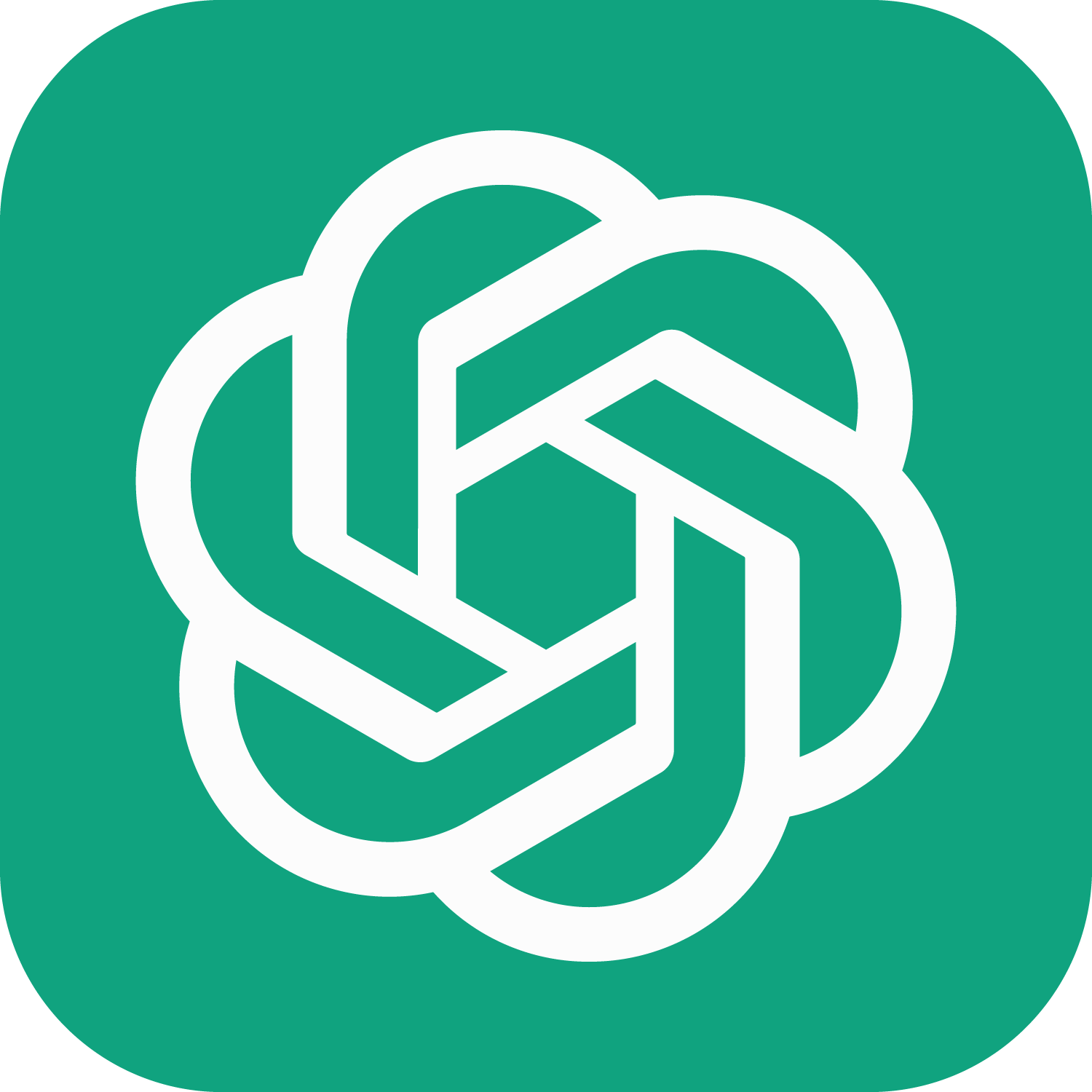There are several Python libraries and tools that are commonly used by data analysts, including:
- Pandas: A library for data analysis and manipulation, used for working with tabular data and time series. It provides a wide range of tools for data cleaning, exploration, and manipulation, such as data frame and series objects, and it integrates well with other libraries such as NumPy and Matplotlib.
- NumPy: A library for scientific computing with Python, used for arrays, matrices, and mathematical operations. It provides a wide range of mathematical and statistical tools that can be used for data analysis, such as linear algebra, statistics, and random number generation.
- Matplotlib: A library for data visualization, used for creating static, animated, and interactive plots and charts. It allows creating various types of plots such as line plots, scatter plots, bar plots, and heatmaps.
- Seaborn: A library for data visualization, built on top of Matplotlib, it provides a high-level interface for creating attractive statistical graphics.
- Scikit-learn: A machine learning library for Python, providing a range of tools for data mining and analysis. It includes a wide range of supervised and unsupervised learning algorithms, including linear regression, decision trees, and k-means clustering.
- SciPy: A library for scientific computing and technical computing, provides a wide range of mathematical and statistical tools for data analysis, such as optimization, interpolation, and integration.
- SQLAlchemy: A library for working with databases in Python, it provides a high-level and flexible interface for connecting to various databases, such as MySQL, PostgreSQL, and SQLite, and it can be used to extract, transform, and load data.
- Dask: A library for parallel and distributed computing, it allows working with larger-than-memory and out-of-core arrays and data frames, providing similar functionality to pandas but with the ability to handle larger datasets and perform distributed computation.
These are just a few examples of the many Python tools available for data analysis. The best tool for a specific task will depend on the particular use case and requirements.

